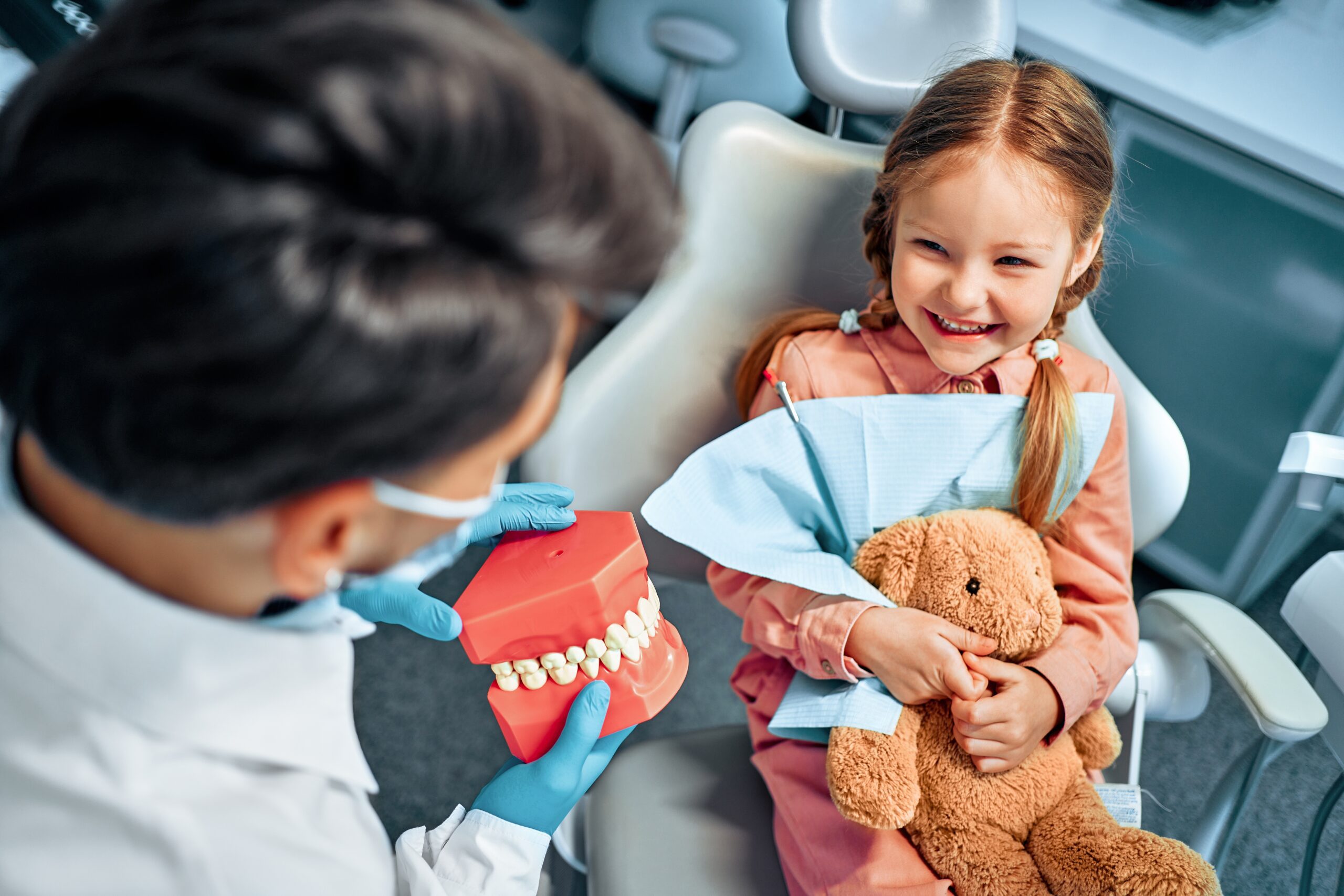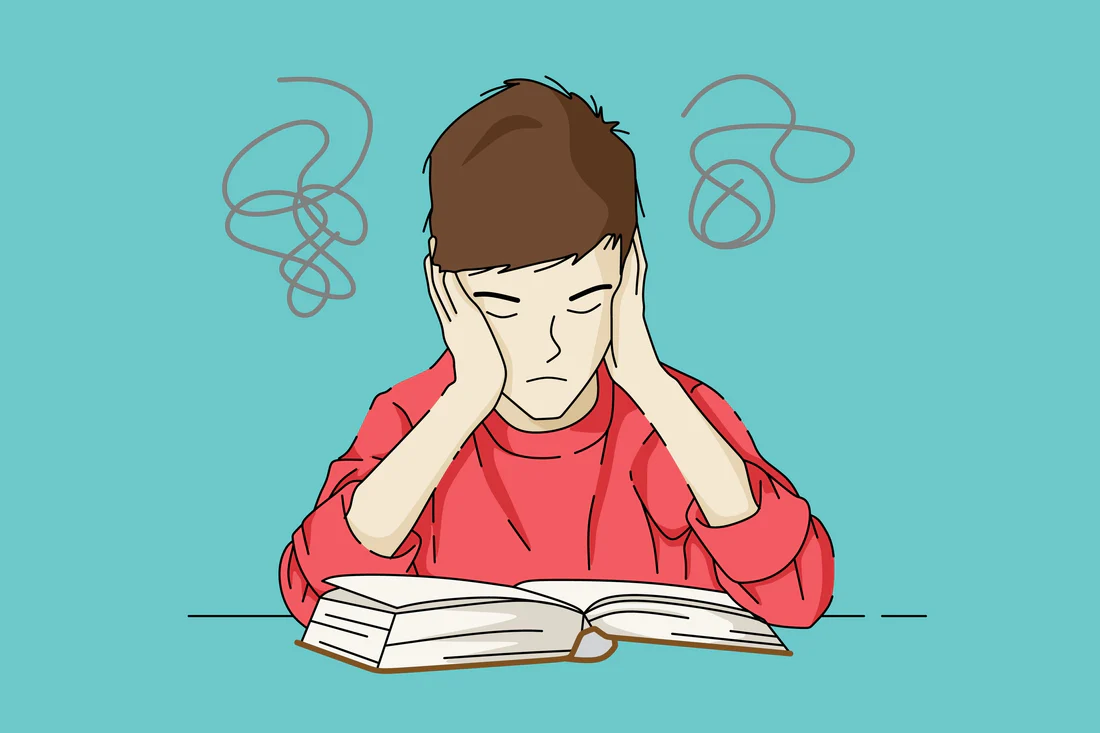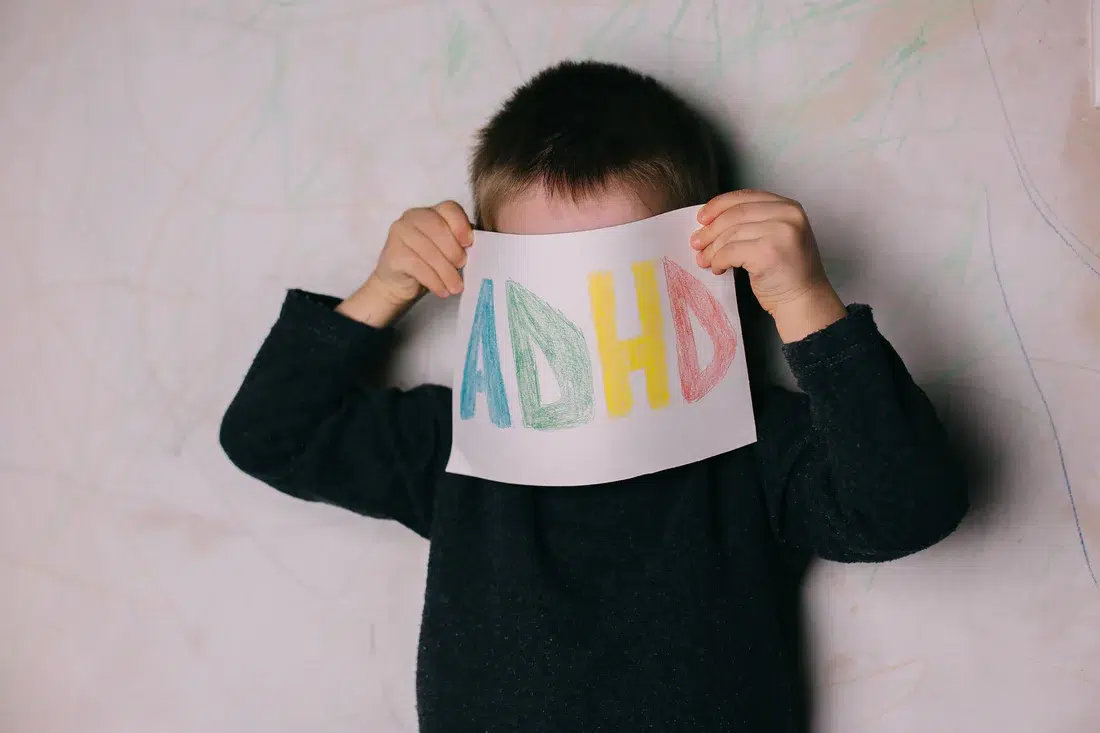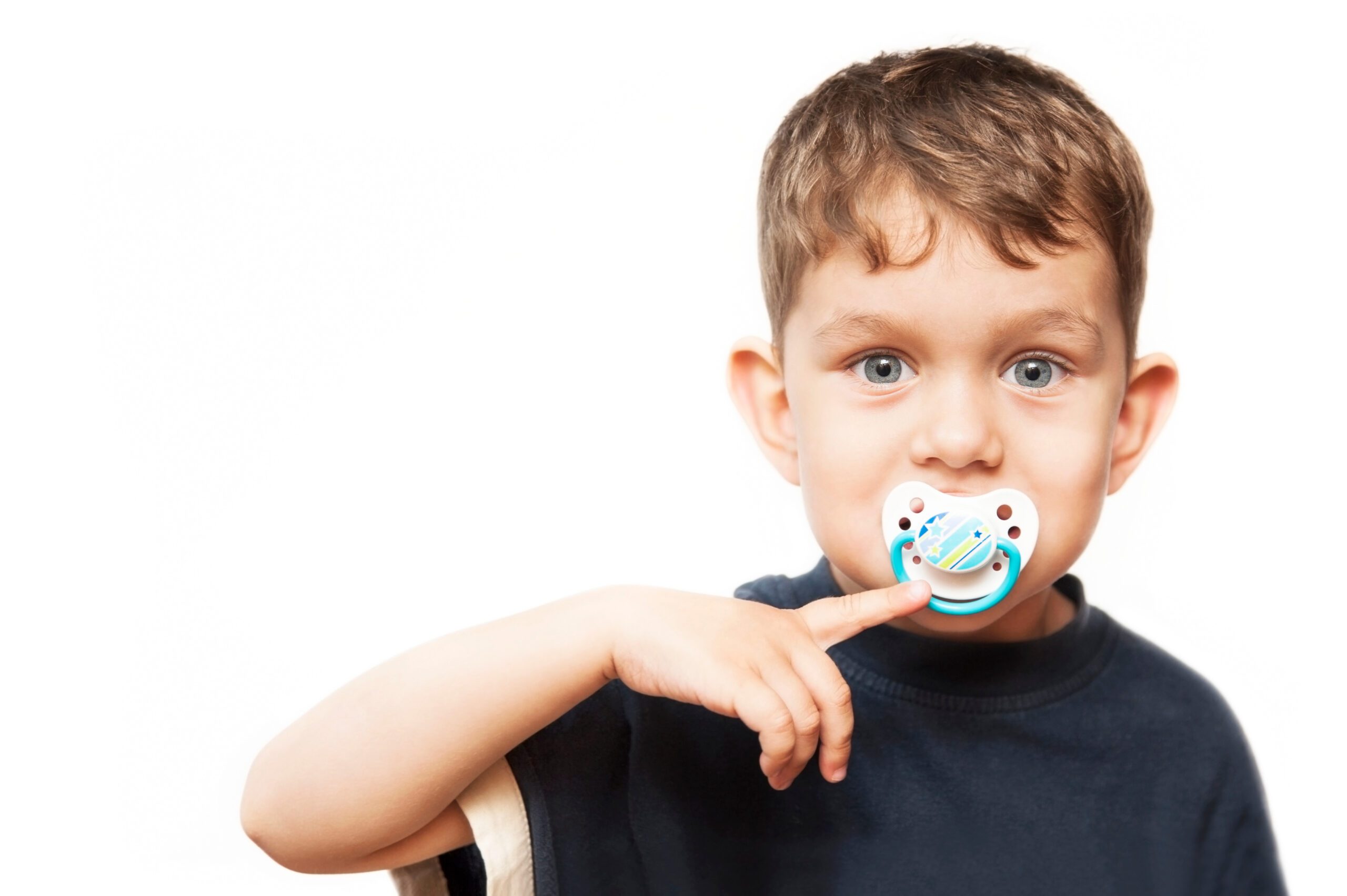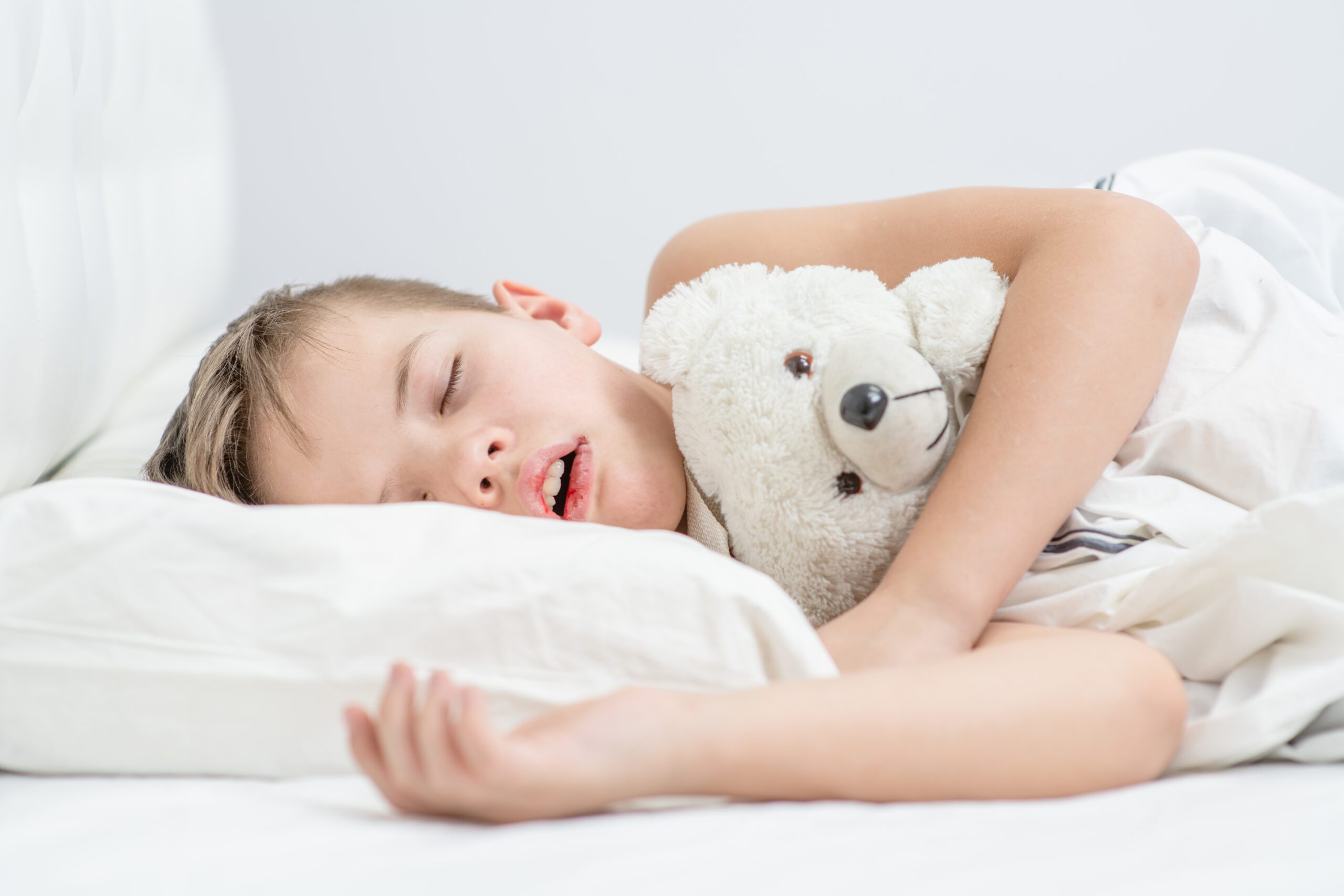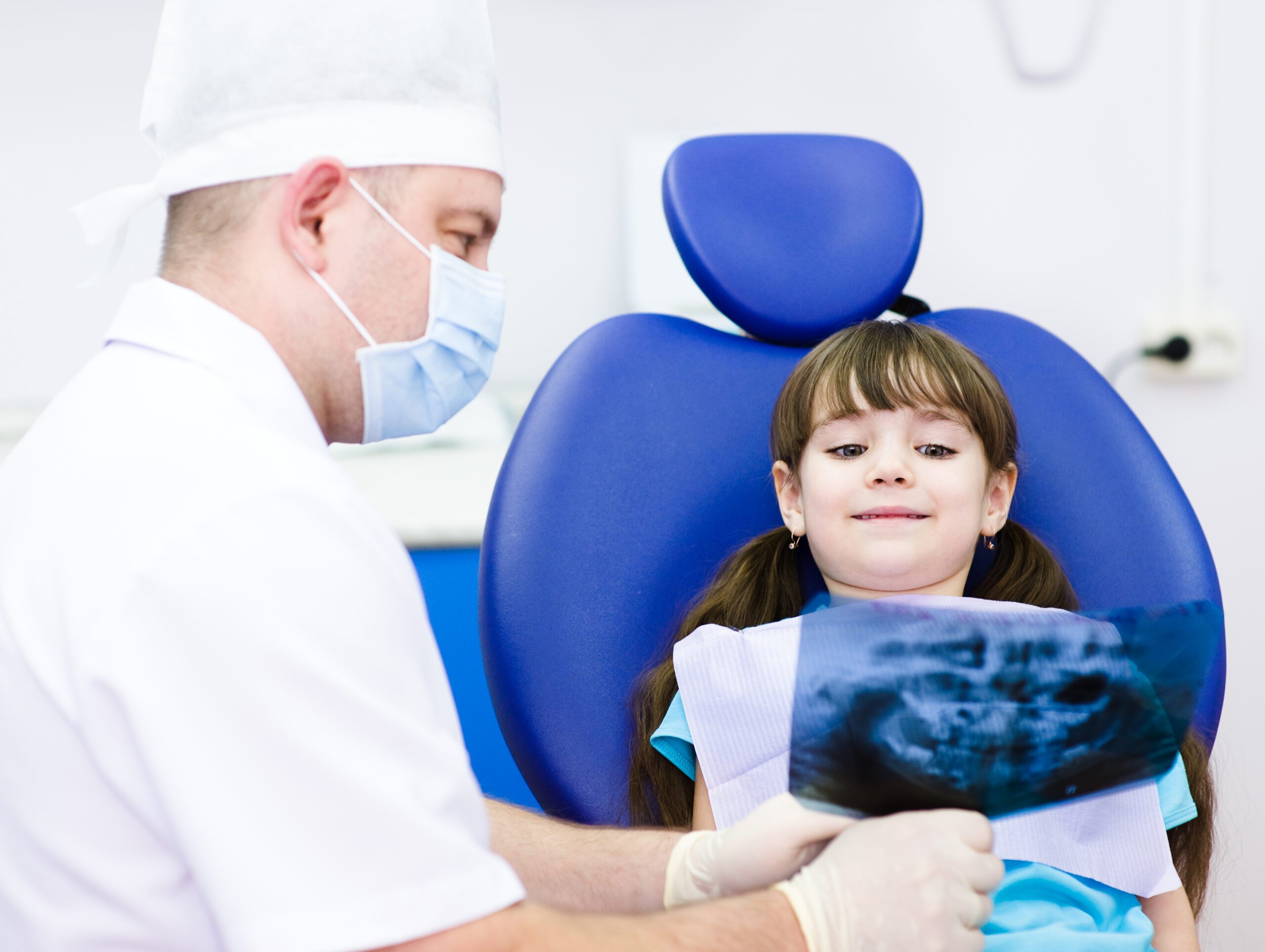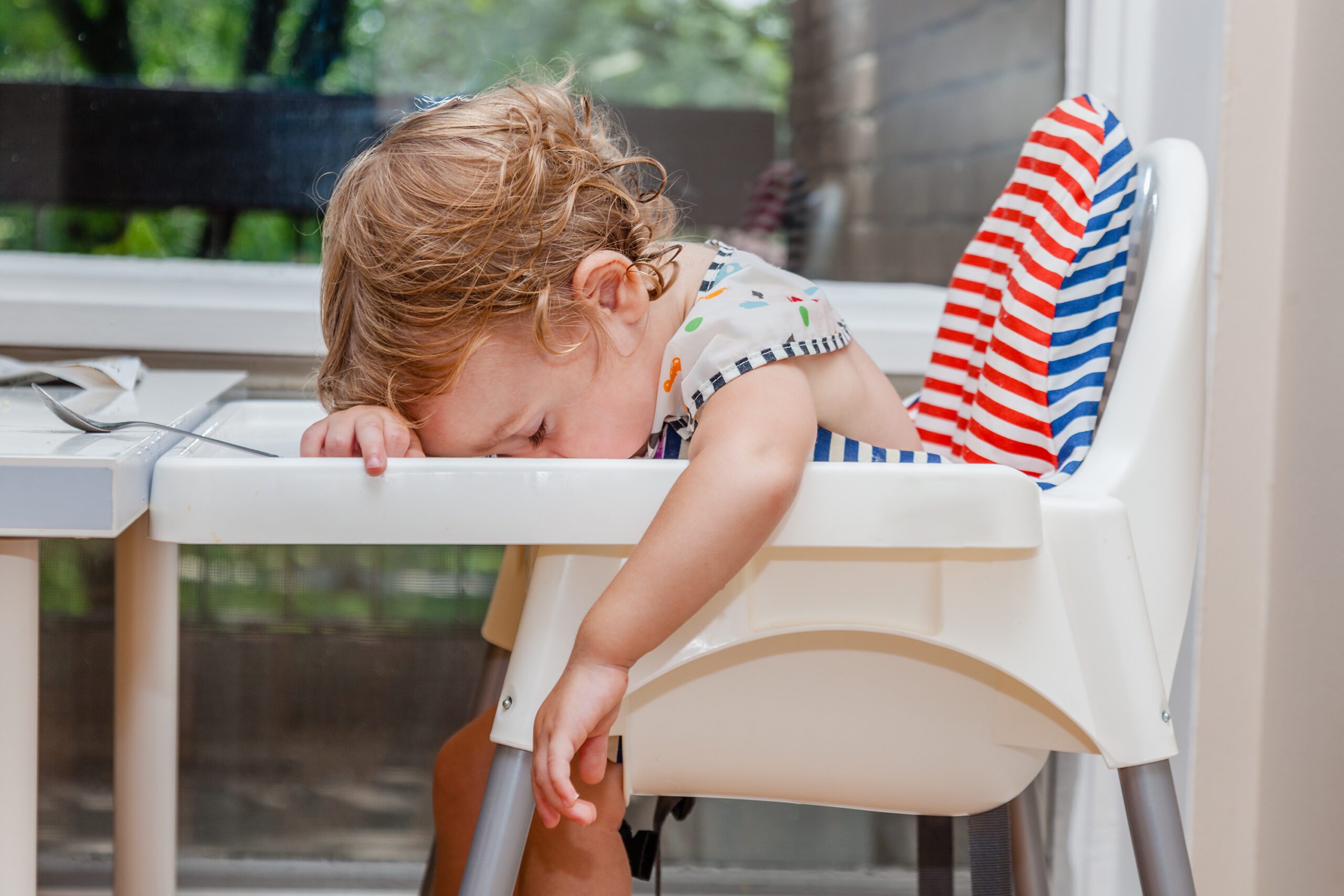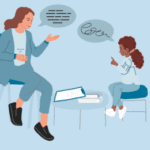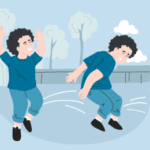
Blog
Top Strategies for Parents Navigating ADHD in Kids
Author: DrSensory
October 24, 2024
Top Strategies for Parents Navigating ADHD in Kids
Raising a child with ADHD (Attention-Deficit/Hyperactivity Disorder) presents unique challenges, requiring patience, understanding, and adaptability. However, with the right strategies and knowledge, parents can help their children thrive and harness their full potential. Here are some effective strategies for parents navigating ADHD in kids.

Understanding ADHD
The first step in supporting a child with ADHD is understanding what the condition entails. ADHD is a neurodevelopmental disorder characterized by symptoms of inattention, hyperactivity, and impulsivity. These symptoms are more severe, prolonged, and pervasive than typically observed in their peers, affecting a child’s ability to perform in academic and social settings.
Collaborate with Educators and Specialists
Building a strong support network is crucial. Parents should maintain open communication with teachers, school counselors, and therapists to ensure a consistent approach to their child’s education and behavioral management. Having regular meetings with educators and specialists can help set realistic goals, monitor progress, and implement effective support strategies.
Establish Routines
Children with ADHD often benefit from structured environments. Establishing a daily routine can help reduce anxiety and improve focus. Consistency regarding bedtime, meal times, homework sessions, and playtime can provide the predictability that is vital for children with ADHD. Visual schedules can be useful tools for maintaining these routines.
Encourage Positive Reinforcement
Positive reinforcement is an effective strategy in shaping desirable behavior. Celebrating achievements, no matter how small, and providing immediate praise or rewards can encourage children with ADHD to repeat positive behaviors. It’s essential to focus on their strengths and achievements to build their self-esteem.
Break Tasks into Manageable Parts
Large tasks can overwhelm children with ADHD. Break assignments or chores into smaller, more manageable parts, and provide clear, simple instructions. This step-by-step approach makes it easier for the child to understand tasks and reduces the feeling of being overwhelmed.
Promote Physical Activity
Physical activity is a great tool for managing ADHD symptoms. Exercise can increase focus, reduce anxiety, and improve mood by increasing the production of endorphins in the brain. Encouraging your child to engage in sports or active play can have additional social benefits, promoting teamwork and building friendships.
Limit Distractions
Creating a distraction-free environment is important for a child with ADHD. Designate a quiet, organized space for homework and study, free from background noise and excessive clutter. Using headphones can sometimes help if background noise is unavoidable.
Develop Emotional Regulation Skills
Teaching your child emotional regulation skills is essential. Encourage practicing mindfulness techniques, like deep breathing or meditation, to help manage emotions effectively. Providing a safe space for your child to express feelings can help them develop these skills over time.
Seek Support Groups
Joining a support group for parents of children with ADHD can provide comfort and insights. Connecting with other parents who share similar experiences can offer encouragement and new coping strategies.
Promote Open Communication
Fostering open communication is key to understanding your child’s thoughts and feelings. Encourage them to talk openly about their day-to-day experiences and feelings, and listen intently when they do. This establishes trust and reassures them that their feelings are valid and important.

Though navigating ADHD in children can be challenging, with the right support, strategies, and understanding, parents can help their children grow into successful and self-assured individuals. Empowering children with ADHD to utilize their unique strengths transforms challenges into opportunities for growth. Parents, educators, and specialists play a critical role in this journey, providing the groundwork for lifelong learning and development.
related blogs
Your child is constantly moving, crashing into furniture, or having meltdowns in response to seemingly minor things like a loud
Your toddler refuses to wear certain clothes, has huge meltdowns in noisy places, or is an extremely picky eater, limited
Your child seems to miss verbal instructions, struggles to follow conversations in noisy environments, and often asks "what?" even when
On the surface, autism and Ehlers-Danlos syndrome (EDS) might seem like two entirely unrelated conditions. One is a neurodevelopmental condition
The intense head pain begins, lights feel blindingly bright, and every sound seems amplified to an unbearable level. You retreat








































